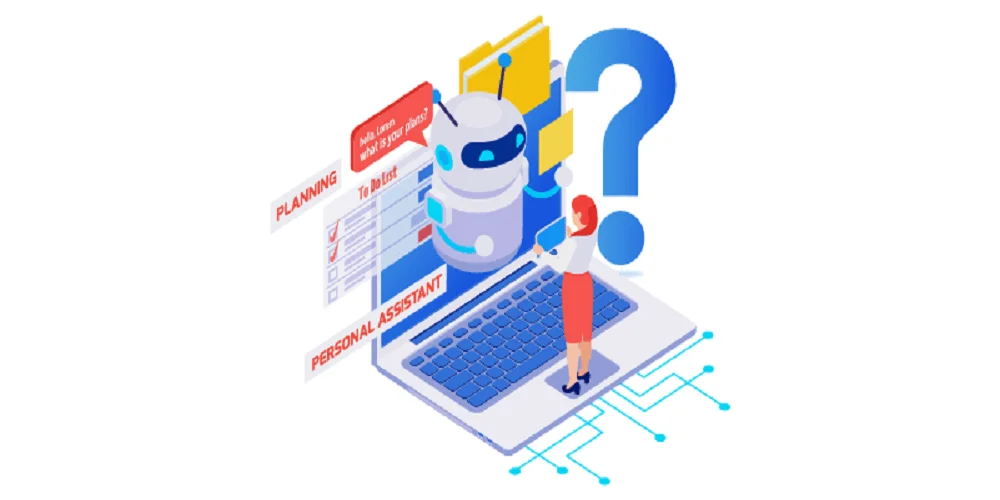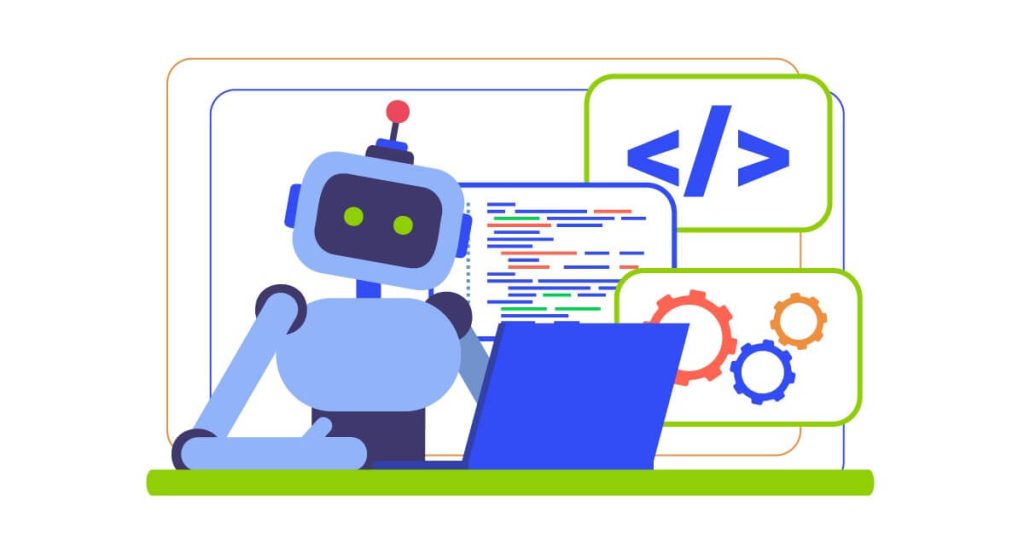Introduction to Conversational AI
The transformational capability of Artificial Intelligence (AI) that can engage in conversation has moved beyond the realms of science fiction and is now an essential component of our everyday lives. Across many sectors of the economy, this technology, which is capable of producing material that is both varied and inventive, has sparked innovation. Conversational AI (Artificial Intelligence) has established itself as a flexible technology with a wide range of applications relevant to the real world, ranging from healthcare to entertainment.
The term “Conversational AI” is a catch-all phrase that is used to represent a variety of approaches that enable computers to carry on a conversation with a person. The levels of sophistication of this technology vary from NLP models that are relatively straightforward to Machine Learning (ML) models capable of interpreting a far greater variety of inputs and carrying on more intricate conversations. In chatbots, which make use of NLP to read user inputs and carry on a discussion, Conversational AI is one of the most prevalent uses. Virtual assistants, chatbots serving as customer service representatives, and AI voice assistants are some other uses.
How Does Conversational AI Work?
Conversational AI has four steps:
-
Input Creation
Users enter their inquiries first. Texts or voice notes may be supplied.
-
Input-analysis
If the user uses a chatbot, the AI will employ NLU, NLP, and other AI techniques to break down the text and extract word meanings.
-
Output Creation
The AI will match the question with an appropriate answer and construct a response using Natural Language Generation after understanding it.
-
Reinforcement Learning
Businesses collect intent and phrases from consumer interactions to train Conversational AI.
Conversational AI is accurate in its directions

The Conversational AI is directionally right, even though it has some first-miss tarts. The fact that people were eager to accept a new method of interacting with technology is shown by the widespread adoption of gadgets such as Alexa for example. On the other hand, we are just a little bit behind in terms of our capacity to provide it.
The Elements of Conversational Artificial Intelligence
Five fundamental components make up Conversational Artificial Intelligence. For a computer to comprehend and react to human discourse, it must have these five fundamental features working together:
1. Processing Words and Phrases Naturally
The capacity of a computer to comprehend human language and reply in a manner that is natural for humans is referred to as Natural Language Processing (NLP). Having this ability requires not just a comprehension of the meaning of words and the structure of sentences, but also the ability to deal with idiomatic phrases and slang effectively.
Machine Learning, which is used to teach computers to comprehend language, is what makes NLP feasible. To understand how words are connected and how they are used in a variety of settings, natural language processing algorithms make use of enormous data sets.
2. Machine Learning
In the science of Artificial Intelligence, machine learning is a subfield that allows computers to learn from data without being expressly taught to get this knowledge. Whenever they are presented with more data, machine learning algorithms can automatically enhance their performance.
It is possible to teach computers to comprehend language via the process of machine learning, which also enables them to spot patterns in data. In addition to this, it is used in the process of modeling the functioning of many entities, including the human brain.
3. Analysis of the Text
Extraction of information from textual material is the process that is referred to as text analysis. To do this, it is necessary to recognize the many components of a sentence, such as the subject, the verb, and the object. A further component of it is the ability to recognize the many categories of words that are used in a phrase, such as nouns, verbs, and adjectives.
The purpose of text analysis is to get an understanding of the meaning of a phrase as well as the connections that exist between the various words used. Additionally, it is used to determine the subject matter of a text, in addition to determining the tone (whether positive or negative) of the text.
4. Computer-Aided Images
The application of computer vision refers to the capacity of a computer to comprehend and interpret digital pictures. To do this, it is necessary to recognize the many items that are present in a picture, as well as to determine their position and orientation. The purpose of computer vision is to determine not only the contents of a picture but also the connections that exist between the many things that are included inside the image. In addition, it is used to comprehend the background of an image and to analyze the feelings that are conveyed by the subjects of images.
5. Audio Recognition of Speech
A computer can comprehend human speech which is referred to as voice recognition. Acquiring this skill requires not only the ability to recognize the many sounds that make up a spoken phrase but also the grammar and syntax of the sentence itself. The process of converting spoken words into text and determining the meaning of the words is accomplished via the use of speech recognition. In addition to this, it may be used to comprehend the context of a discussion and to interpret the feelings of individuals who are speaking in a motion picture.
Bottom Line
Conversational in nature Artificial Intelligence is an area that is quickly evolving and has the potential to transform the way that we work and live. The use of Artificial Intelligence has the potential to revolutionize a broad variety of sectors, including healthcare, banking, and transportation, therefore generating new possibilities for companies and organizations.
A revolution is taking place in the way that organizations communicate with their consumers and enhance their internal operations thanks to Conversational AI Development. By deciphering the mysteries of chatbot production and embracing the promise of Conversational Artificial Intelligence, organizations can maintain a competitive advantage in the landscape of the market.



